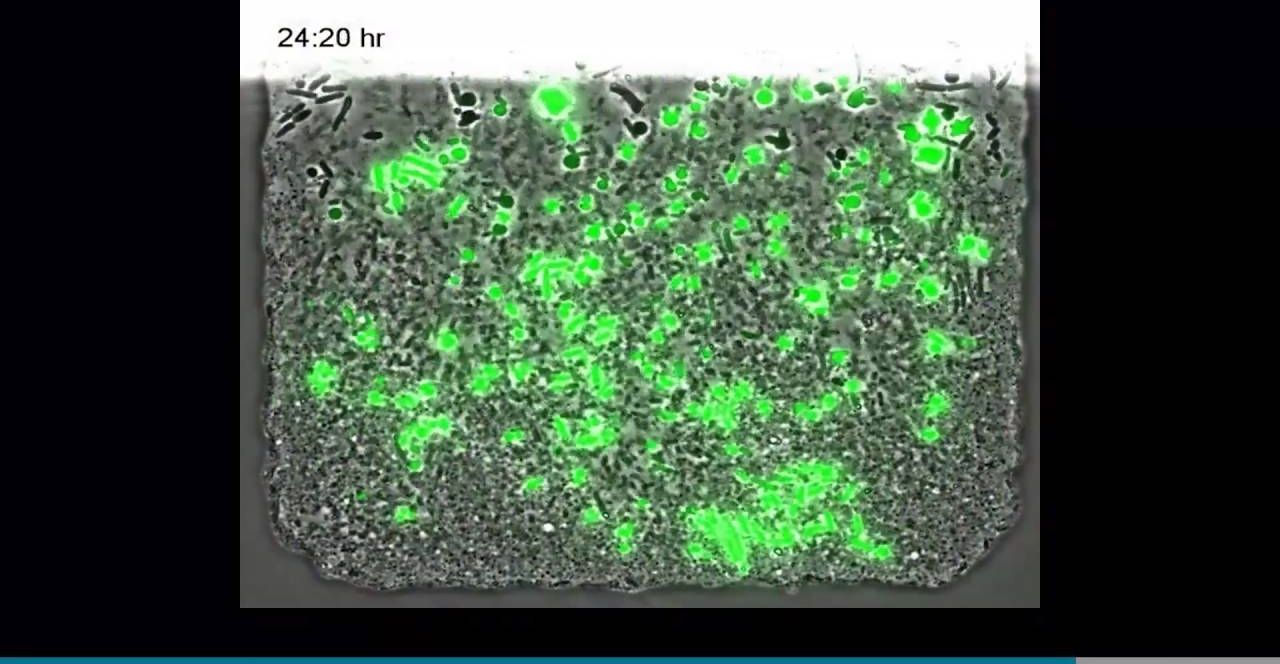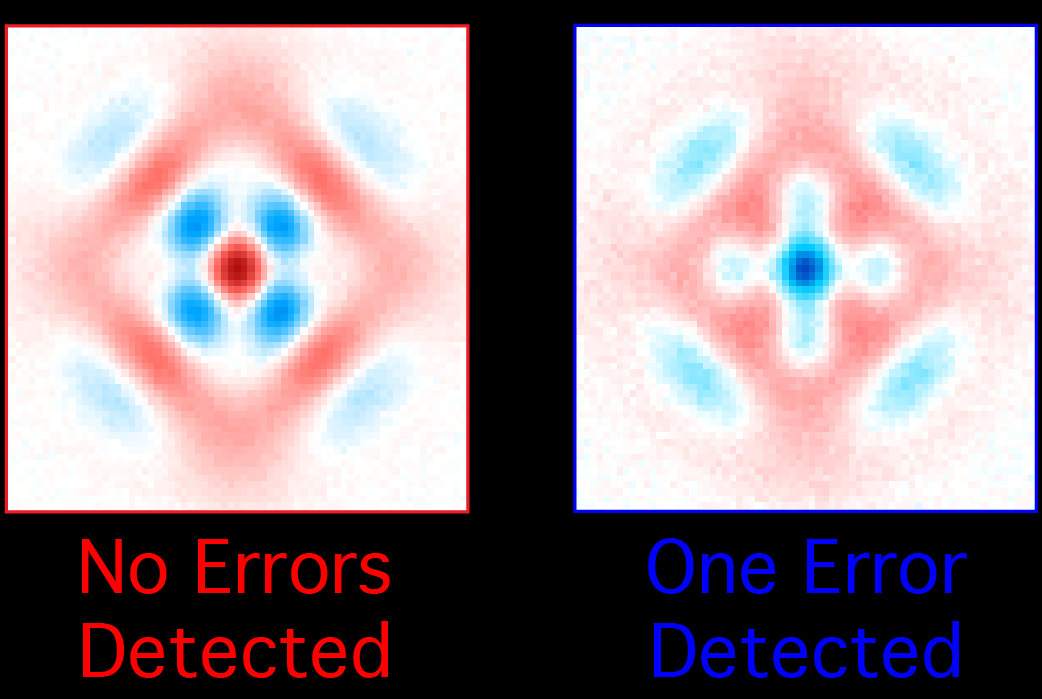Beautiful.
Researchers at the University of California San Diego and the Massachusetts Institute of Technology (MIT) have come up with a strategy for using synthetic biology in therapeutics. The approach enables continual production and release of drugs at disease sites in mice while simultaneously limiting the size, over time, of the populations of bacteria engineered to produce the drugs. The findings are published in the July 20 online issue of Nature.
UC San Diego researchers led by Jeff Hasty, a professor of bioengineering and biology, engineered a clinically relevant bacterium to produce cancer drugs and then self-destruct and release the drugs at the site of tumors. The team then transferred the bacterial therapy to their MIT collaborators for testing in an animal model of colorectal metastasis. The design of the therapy represents a culmination of four previous Nature papers from the UC San Diego group that describe the systematic development of engineered genetic clocks and synchronization. Over the years, the researchers have employed a broad approach that spans the scales of synthetic biology.








